Hol Dir den wöchentlichen SPARTANAT-Newsletter.
Dein Bonus: das gratis E-Book von SPARTANAT.
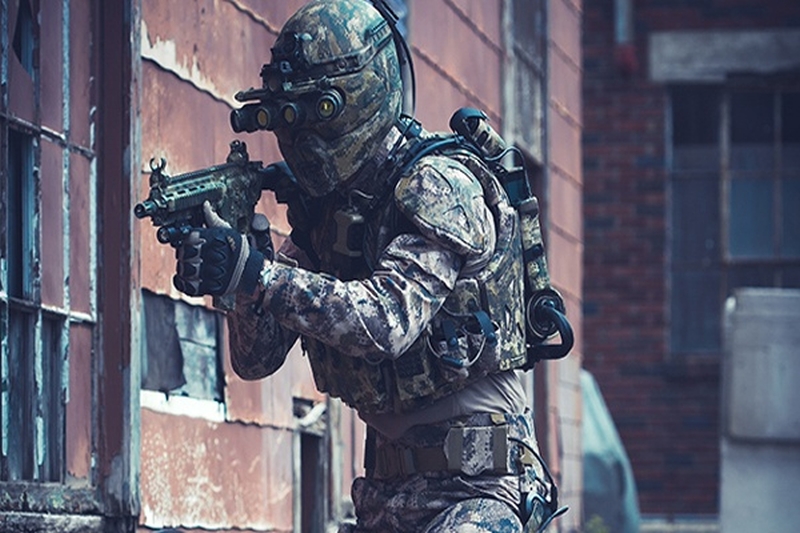
DARPA – Das sind neue Technologien des US Militärs
Die Defense Advanced Research Projects Agency (DARPA) ist ein Begriff. Ihr verdanken wir Technologien wie GPS oder das Internet.
Die Defense Advanced Research Projects Agency (DARPA) ist ein Begriff. Ihr verdanken wir Technologien wie GPS oder das Internet. Woran sie wohl nun zurzeit arbeiten?
DARPA existiert bereits seit 1958, entwickelt dabei Hard- und Software für das US Militär. Manche ihrer Entwicklungen bleiben verborgen, andere wiederum erreichen sogar den zivilen Markt. Wenn eine Idee einen bestimmten Punkt in der Entwicklung erreicht hat, zeigt DARPA dies auch gern öffentlich – oben ein Bildes aus dem „Future Solider“ Projekt. Am sogenannten Demo Day von DARPA, wurden rund 60 Projekte einer ausgewählten Gruppe im Pentagon vorgestellt. Hier ein paar aktuelle Forschungsbeispiele.
Bionische Gliedmaßen
Bionische Hände sollen eine Kontrolle bieten, wie man sie von den eigenen gewohnt ist. 
Bionisches Gehirn
Wenn das Gehirn durch Trauma oder des Altern Schäden genommen hat, soll ein Implantat helfen, sich wieder erinnern zu können. In weiterer Folge, soll dieses auch dabei helfen, Erinnerungen wieder abspeichern zu können.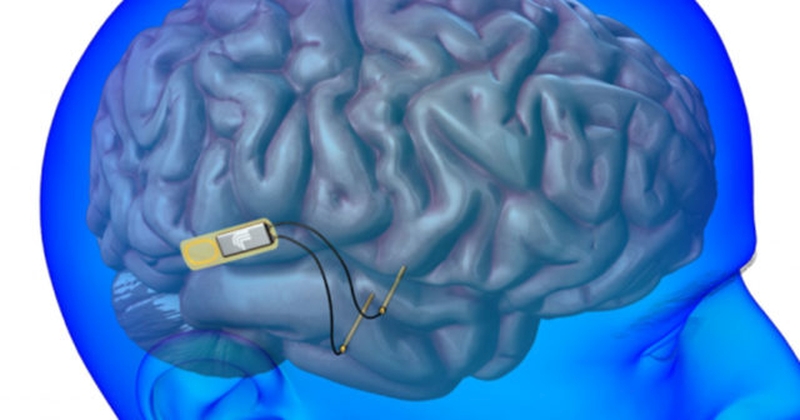
Hack sichere Computer
In der heutigen Zeit liest man des öfteren über Cyberattacken und Hackerangriffe. DARPA arbeitet daher am High-Assurance Cyber Military System (HACMS). Ein System, welches Sicherheit vor solchen Angriffen bieten soll. Um zu sehen, wie sicher es ist, lädt DARPA auch regelmäßig Hacker ein, um HACMS auf den Prüfstand zu stellen. Bisher hielt das System allen Angriffen stand.
Hochauflösende Nachtsicht
Wer schon einmal ein Nachtsichtgerät genutzt hat, weiß wie mächtig es sein kann. Doch was ebenso auffällt ist, dass die Bilder klarer sein könnten. DARPA arbeitet daher daran, ebenso die Auflösung zu verbessern wie auch gleichzeitig Bilder über verschiedene Plattformen in Echtzeit zu teilen. So sieht das Kommandozentrum die gleichen Bilder wie der Soldat am Boden.
Eine derartige Technologie kostet natürlich sehr viel Geld. Daher wird parallel dazu geforscht, wie man die Kosten für Nachtsichtgeräte reduzieren kann, um noch mehr Soldaten damit ausstatten zu können.
Das virtuelle Auge
Mit dem virtuellen Auge möchte DARPA in Zusammenarbeit mit der Firma Nvidia, einen Raum digital erfassen und virtuell erstellen, ohne dass eine Person diesen betritt, oder noch besser, dass dies Aufmerksamkeit auf sich zieht.
Hierbei werden mehrere Kameras zusammen geschalten um ein 3D Bild zu erzeugen. Dies bietet natürlich Soldaten wie Polizisten einen großen Vorteil im Einsatz.
Klettern wie ein Gecko
DARPA’s Z-Man Gerät, ermöglicht einem Menschen wie ein Gecko zu klettern. Durch eigens entwickelte Lamellen, wie bei einem Gecko, kann auf glatten Oberflächen Halt gefunden werden. Metall, Glas oder Fiberglas stellen dann kein Problem mehr dar und Gebäude können so von außen erklommen werden.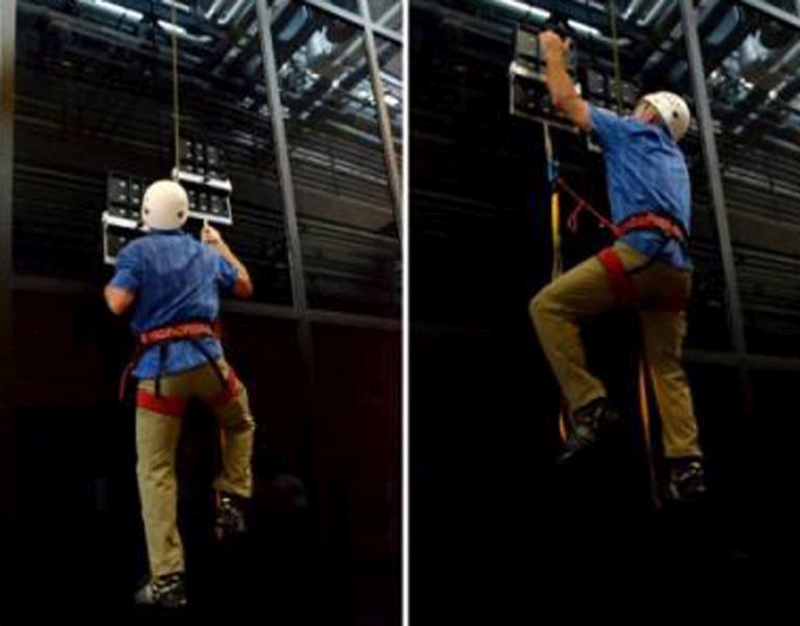

Bionisches Exoskelett
Bei all dem Fortschritt darf das Exoskelett natürlich nicht fehlen. Das Gerät erkennt, wenn man einen Schritt macht und aktiviert den Motor, der den Träger beim Gehen mit schweren Lasten unterstützt. So wird eine „übermenschliche“ Stärke und Ausdauer verliehen. Bisher verliefen die Tests mit dem Gerät außerordentlich Gut.
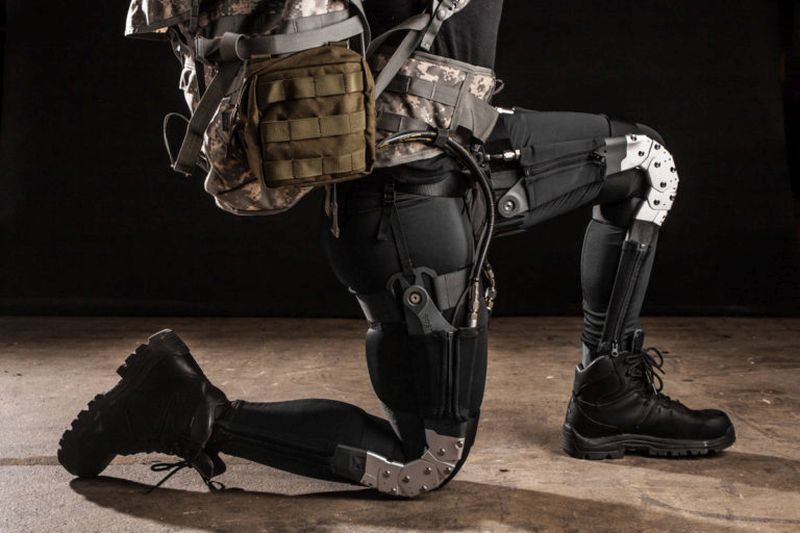 Sofortige Sprachübersetzung
Sofortige Sprachübersetzung
DARPA’s Broad Operational Language Translation (BOLT) System erlaubt eine Echtzeit Übersetzung. Derzeit – Überraschung, Überraschung – liegt der Fokus bei Arabisch. Das System ist schnell, genau und funktioniert auch auf mobilen Geräten. Auf Knopfdruck kann aufgenommen werden, beim Loslassen wird sofort übersetzt.
Das System ist schnell, genau und funktioniert auch auf mobilen Geräten. Auf Knopfdruck kann aufgenommen werden, beim Loslassen wird sofort übersetzt.
Überschallraketen
Das Hypersonic Air-breathing Weapon Concept (HAWC) ist die neueste Generation der X-51 „WaveRaider“, einer Drohne, welche bereits 2013 Mach 5 erreicht hatte. Feinde würden diese neue Rakete nicht kommen sehen. Sie erreicht ihre Ziele äußerst schnell. Und selbst wenn die Rakete erkannt würde, könnte der Gegner nicht schnell genug reagieren.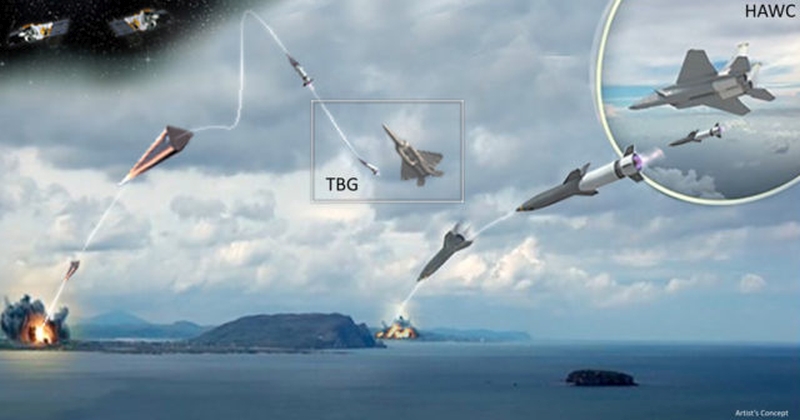
Unbemannte U-Boot Jäger
Um auch im Wasser die Überhand zu behalten, gibt es den Sea Hunter, welches ein „Anti-submarine Continuous Trail Unmanned Vessel“ (ACTUV) ist. Dieses soll selbstständig feindliche U-Boote aufspüren und verfolgen. Ganz ohne den Faktor Mensch. Es soll sich daher auch selbst steuern. Sozusagen eine autonome Drohne für den Einsatz im Wasser. 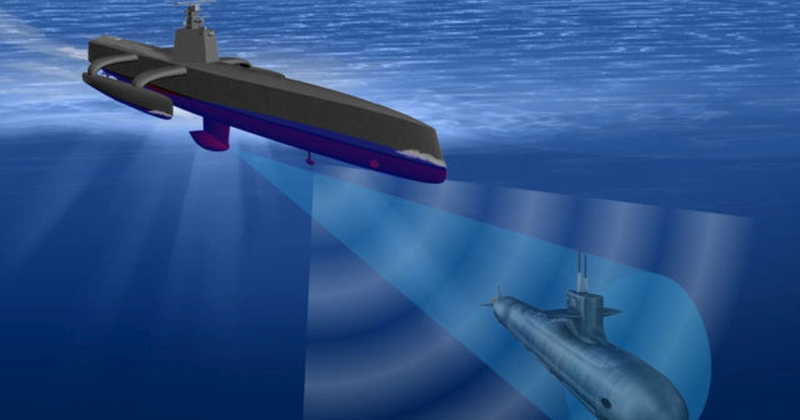
Ähnlich dem Sea Hunter, gibt es noch den „Submarine Hold at Risk“ (SHARK), welcher noch einen Schritt weitergeht. Zusätzlich zur Verfolgung, soll dieses auch aktiv U-Boote jagen und zerstören können.
Aufsteigende Nutzlast
DARPA stellte ebenso ein neuartiges System zur Verteilung von Nutzlast vor. Dieses kann von Flugzeugen abgeworfen werden und wartet auf dem Meeresboden. Bei Bedarf kann das Gerät dann aktiviert werden und die Last steigt vom Boden auf die Oberfläche.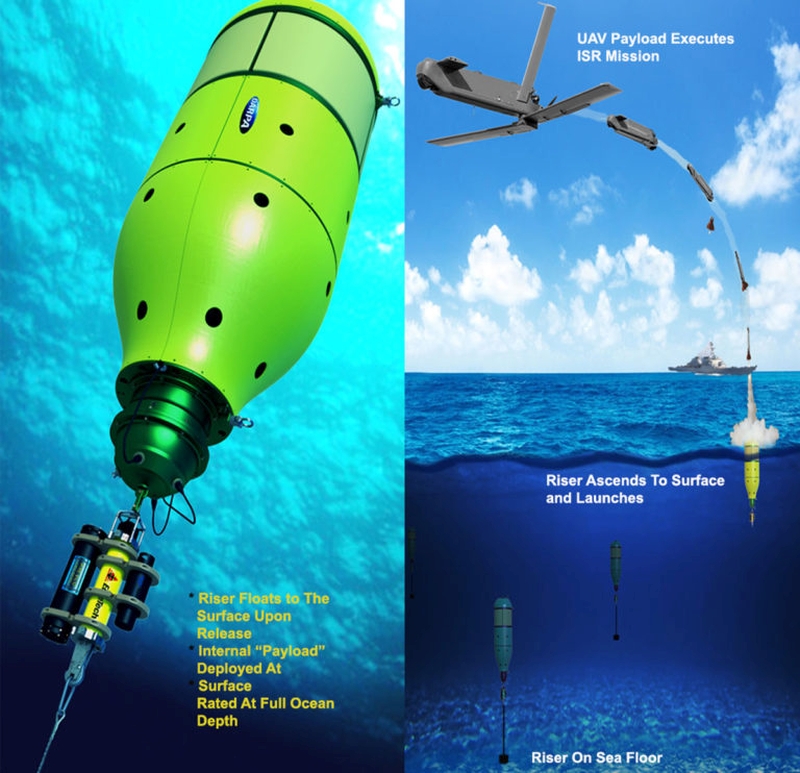 Die Last kann hierzu bis zu fünf Jahren am Boden verweilen und bis zu 6.000 Meter tief sinken.
Die Last kann hierzu bis zu fünf Jahren am Boden verweilen und bis zu 6.000 Meter tief sinken.
DARPA im Internet: www.darpa.mil
SPARTANAT ist das Online-Magazin für Military News, Tactical Life, Gear & Reviews.
Schickt uns eure News: [email protected]
Werbung
Hol Dir den wöchentlichen SPARTANAT-Newsletter.
Dein Bonus: das gratis E-Book von SPARTANAT.


